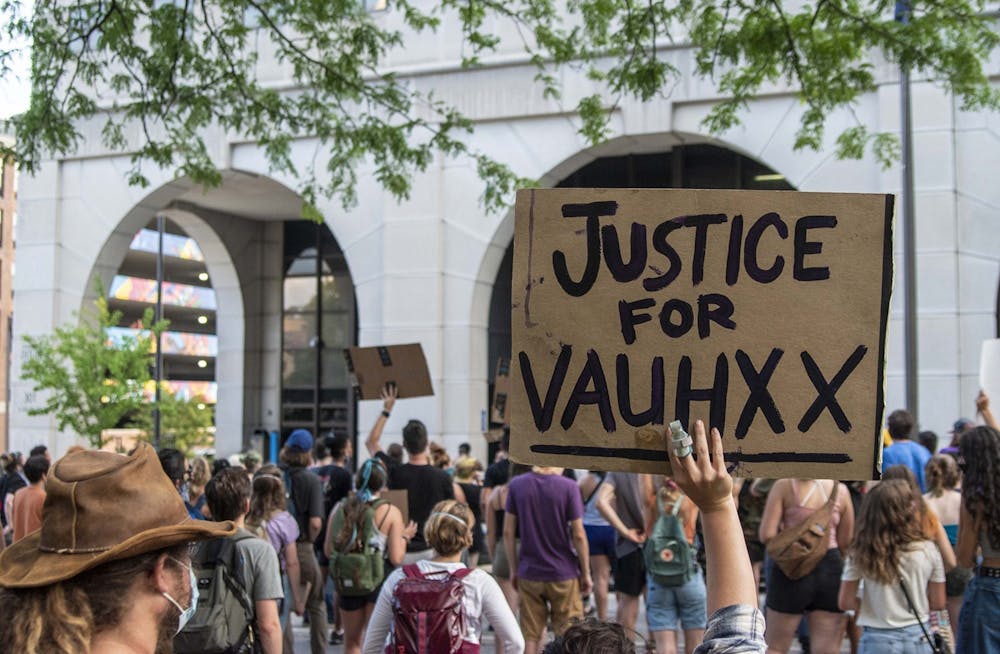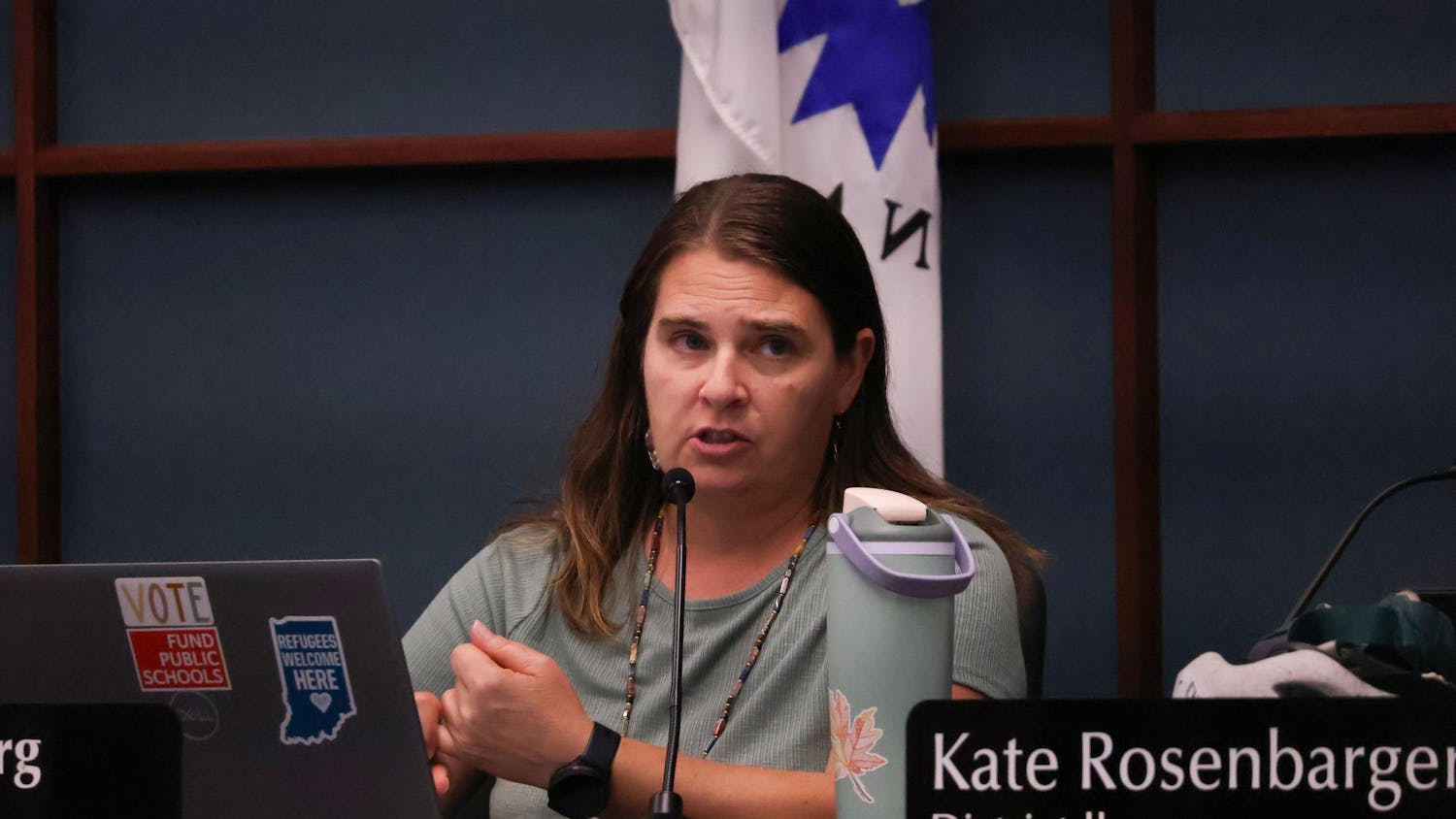All charges have been dismissed in the case of a racist incident at Lake Monroe in 2020 involving Vauhxx Booker, Sean Purdy and Jerry Cox, according to a case file released May 18. Special Prosecuting Attorney Sonia Leerkamp dropped the charges after all individuals agreed to resolve the case using restorative justice.
Restorative justice is a process of acknowledging and repairing harm done by creating a dialogue and taking steps toward a resolution, the Center for Community Justice wrote in the case file. This is the first time a criminal case has used restorative justice in Indiana.
Leerkamp told the Indiana Daily Student that Purdy and Cox’s attorneys suggested restorative justice as a way to resolve the case. Neither Purdy, Cox nor Booker could be reached by the IDS for comment.
Restorative justice focuses on accountability and healing rather than punishment, the case file said. For the process to be successful, participants must take responsibility for harm done and create a plan to make things right. Typically, those involved participate in face-to-face conferences led by a neutral facilitator to discuss the issue.
A group meeting did not happen in Booker’s case, Leerkamp said, because one individual resisted the idea. She did not share who resisted, but said Purdy and Cox expressed that they learned and took responsibility.
Leerkamp said jail time and other traditional forms of punishment aren’t always conducive to true learning, and that jury trials can be more destructive than constructive. She said Booker, Purdy and Cox were seeking a resolution other than going to court.
“A lot of it has to do with learning how to communicate without getting angry, without having to be macho about something,” she said. “It's not a win or lose environment. It's more of a learning environment."
Restorative justice has risen in popularity as an alternative to prosecution and incarceration. While this is the first time restorative justice has been used for a criminal case in Indiana, it has previously been used as a form of mediation in schools and juvenile cases across the country.
To complete the restorative justice process, each person was required to write a summary of their experience, included in the case file.
Sean Purdy wrote that while he’d previously viewed the Confederate flag — which was printed on a hat he was wearing at the time of the confrontation — as a symbol of the American south, he now understands the flag is a racially charged symbol.
Cox wrote in his summary that, although he initially had doubts about restorative justice, it helped him better understand himself and others. He said he lashed out at Booker due to anger, but has since learned to be more aware of his words and actions.
Booker wrote that shame and punishment are not the most effective tools for changing behaviors, and that restorative justice helps to address wrongdoings in a corrective way. He said restorative justice is about preserving the dignity and sanctity of life.
Cymone Fuller, Director of the Restorative Justice Project at Impact Justice, said that restorative justice focuses on telling the truth about what happened. Restorative justice, she said, offers the harmed person more agency.
“For a person harmed, they are in the driver’s seat of dictating what it is that happened to them, and what they need as a result of that,” Fuller said. “And it doesn’t bring in the third-party interests of the prosecutor or the state that sometimes go against what a survivor wants, what they need.”
People who have been harmed in a situation often have questions about why they were targeted, she said, which aren’t easily answered in the criminal justice system. Meanwhile, restorative justice provides a safe space to ask and answer questions.
Fuller said society often confuses punishment and accountability. While punishment comes from feelings of shame and blame, she said, accountability is an opportunity to identify where an action is misaligned with someone’s true values.
“I think accountability is actually an invitation to own something you’ve done and to make it right,” Fuller said. “There’s no shame in an opportunity for a reassertion of who you are or who you want to be.”




